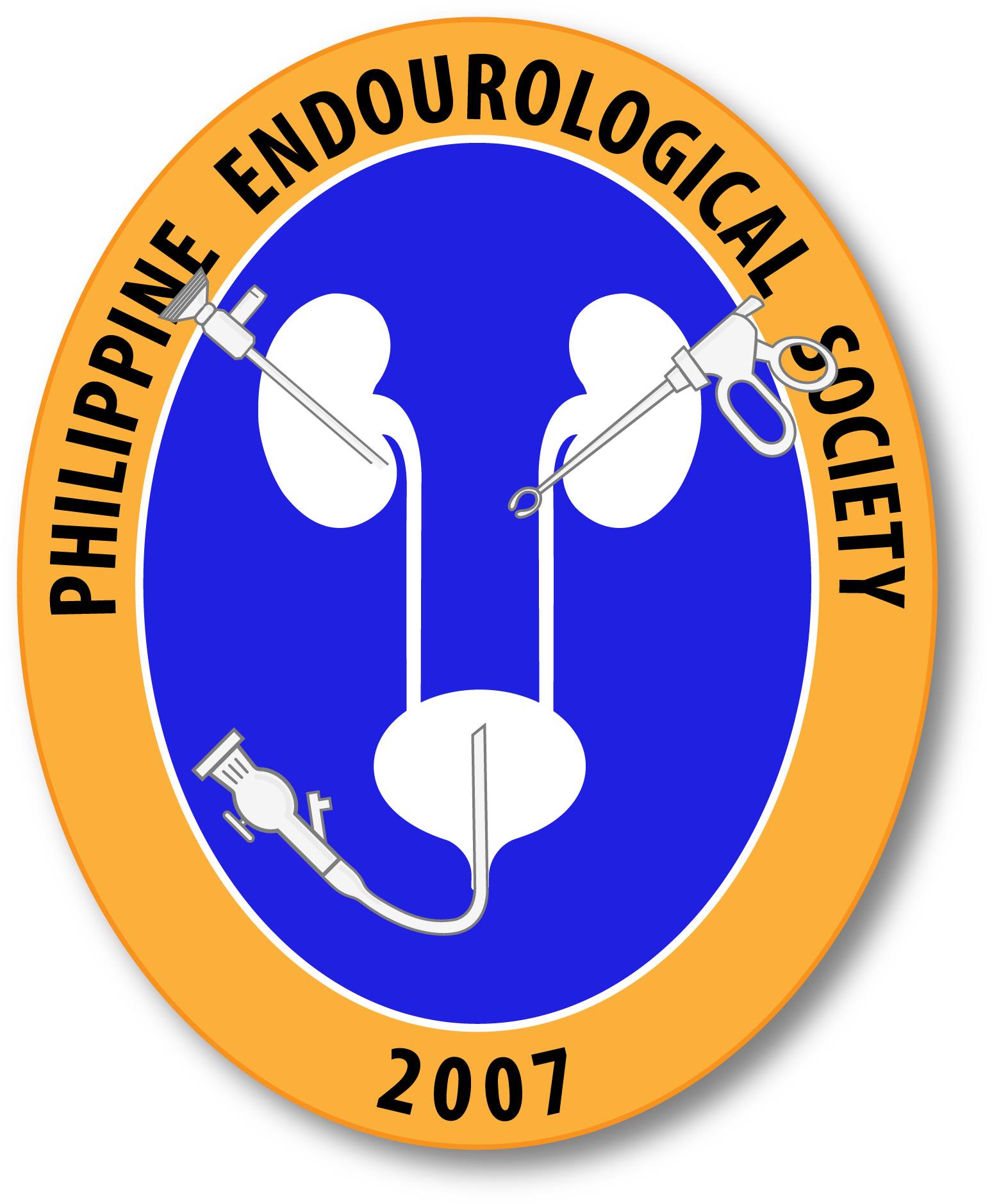On the Origin of Testicular Germ Cell Tumors: From Gonocytes to Testicular Cancer.
Human primordial germ cells (PGCs) have been described in the yolk sac wall around the beginning of the third week. From week 4 to 5, they migrate under control of SCF/c-KIT signaling pathway to the genital ridge, where they become gonocytes. PGCs and gonocytes express classic pluripotency markers, such as KIT, NANOG, and OCT3/4 that, […]
